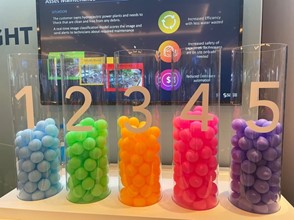
This is the third post in a series about the Gartner Data & Analytics Summit in London. Welcome to the third and final collection of thoughts inspired by my time covering the SAS booth at the Gartner Data & Analytics Summit in London. In my previous blog, I talked about






